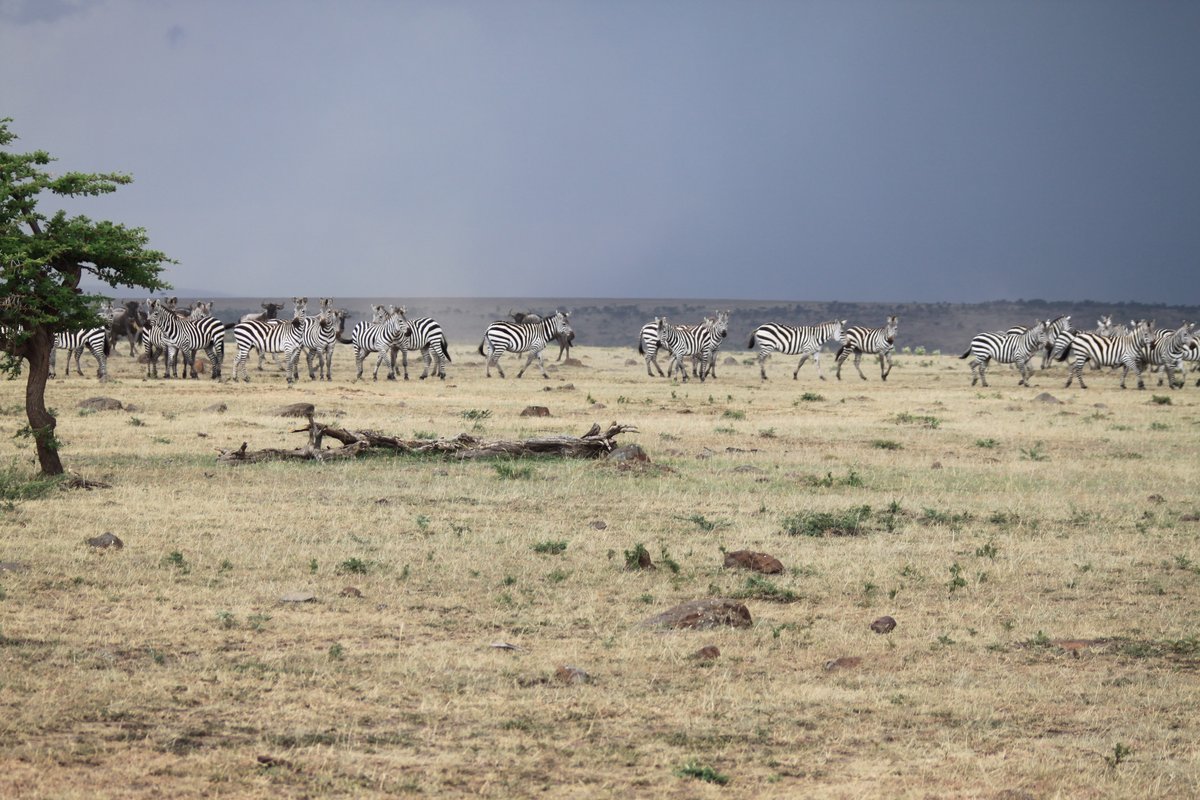2018: Biodiversity on the East African savanna across a range of herbivore utilisation and woody vegetation density
MSc Student: David Bækby Houborg
Program: MSc., Department of Bioscience, Aarhus University
Supervisor: Professor Jens-Christian Svenning and Postdoc Robert Buitenwerf, Department of Bioscience, Ecoinformatics and Biodiversity, Aarhus University
Period: September – December 2018
Knowledge of the drivers of local biodiversity is an essential part of understanding and managing a species rich ecosystem. The savanna is an exceptional biome consisting primarily of C4 grasses and scattered trees that also differ, to a large degree, from other biomes by a top-down control of fire and herbivory. However, how the density of trees on the savanna affects the species composition, and how the large herbivores generate or reduces the structural vegetation heterogeneity, which in turn may promote biodiversity, is poorly understood. To predict and understand the consequences of the current shrub encroachment and defaunation on the African savanna, there is a pressing need to quantify this relationship.
The aim of my master's thesis is to quantify this interaction by measuring the impact and the present of large herbivores, the density of the woody vegetation and the structural vegetation heterogeneity and how these factors relates to the richness of plants and insects. I will during this control for confounding factors such as the history of fire, abiotic conditions, the presence of termites and temporal and spatial effects.
Data will be sampled on the savanna surrounding the Karen Blixen Camp in the Mara North Conservancy. I will use a transect based approach for quantifying woody density and structural heterogeneity together with subplots for identification of plants and insects. Field work will be from the 13th September until the 13th of December 2018.
The outcome of this study will hopefully improve our understanding of the Greater Maasai Mara Ecosystem and how we in the future can sustain a species rich savanna.
